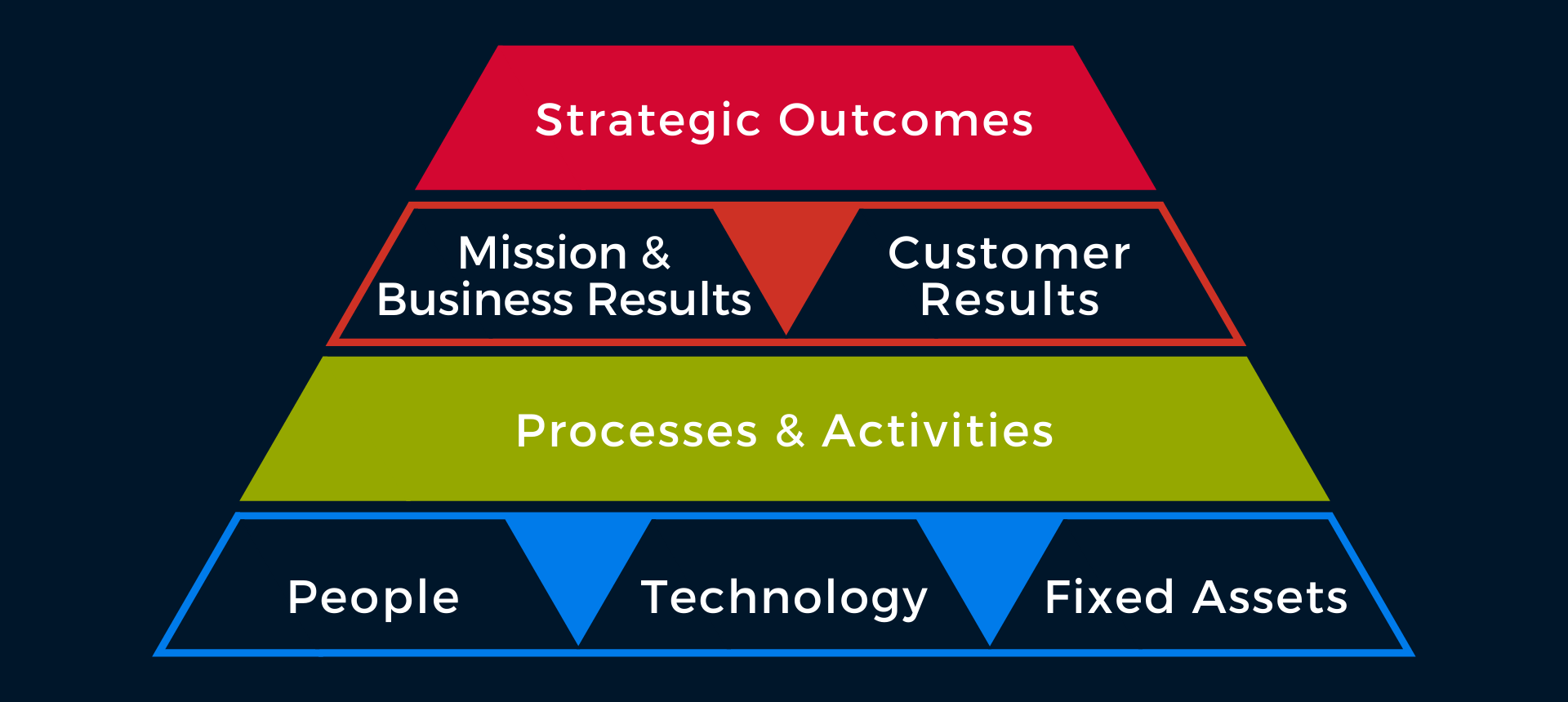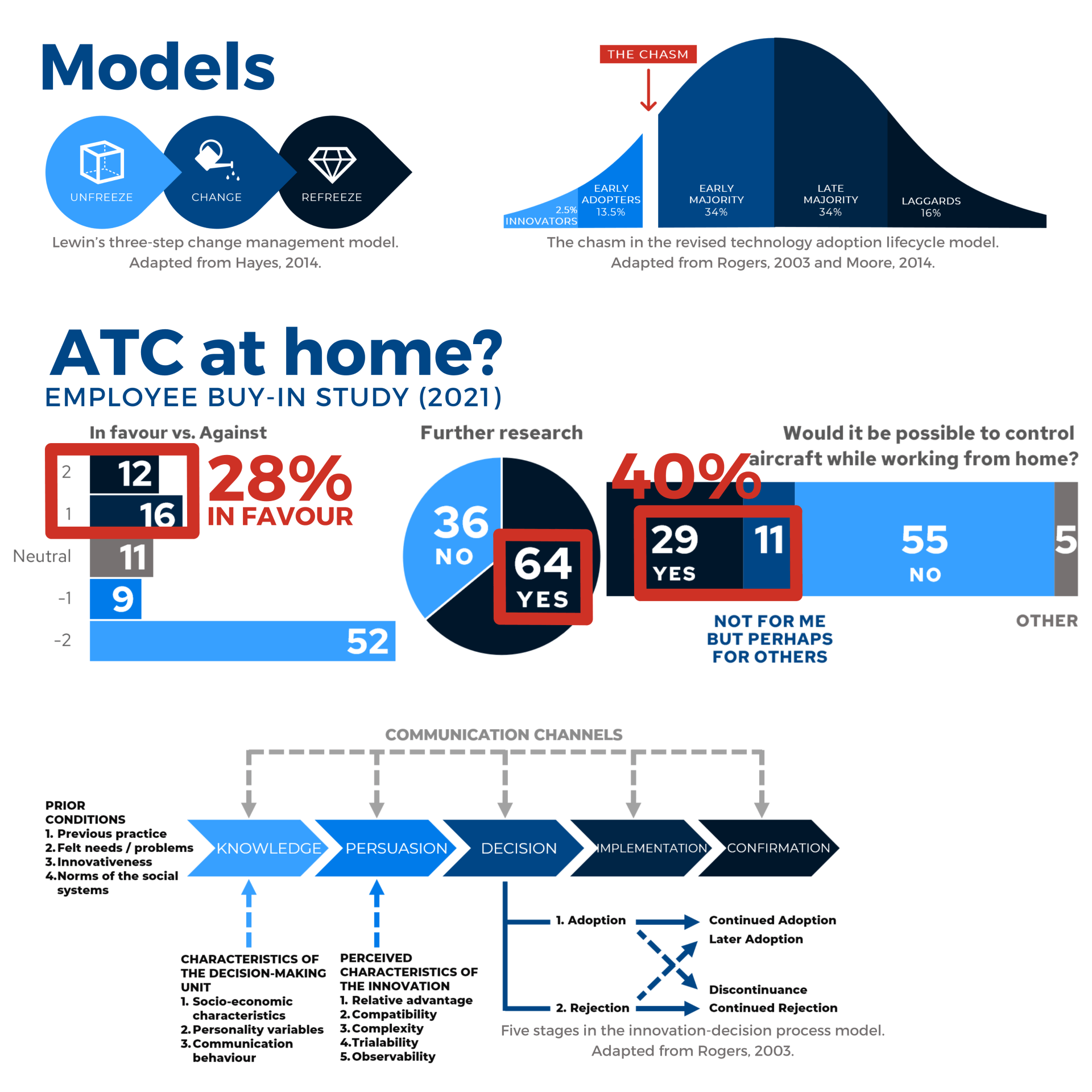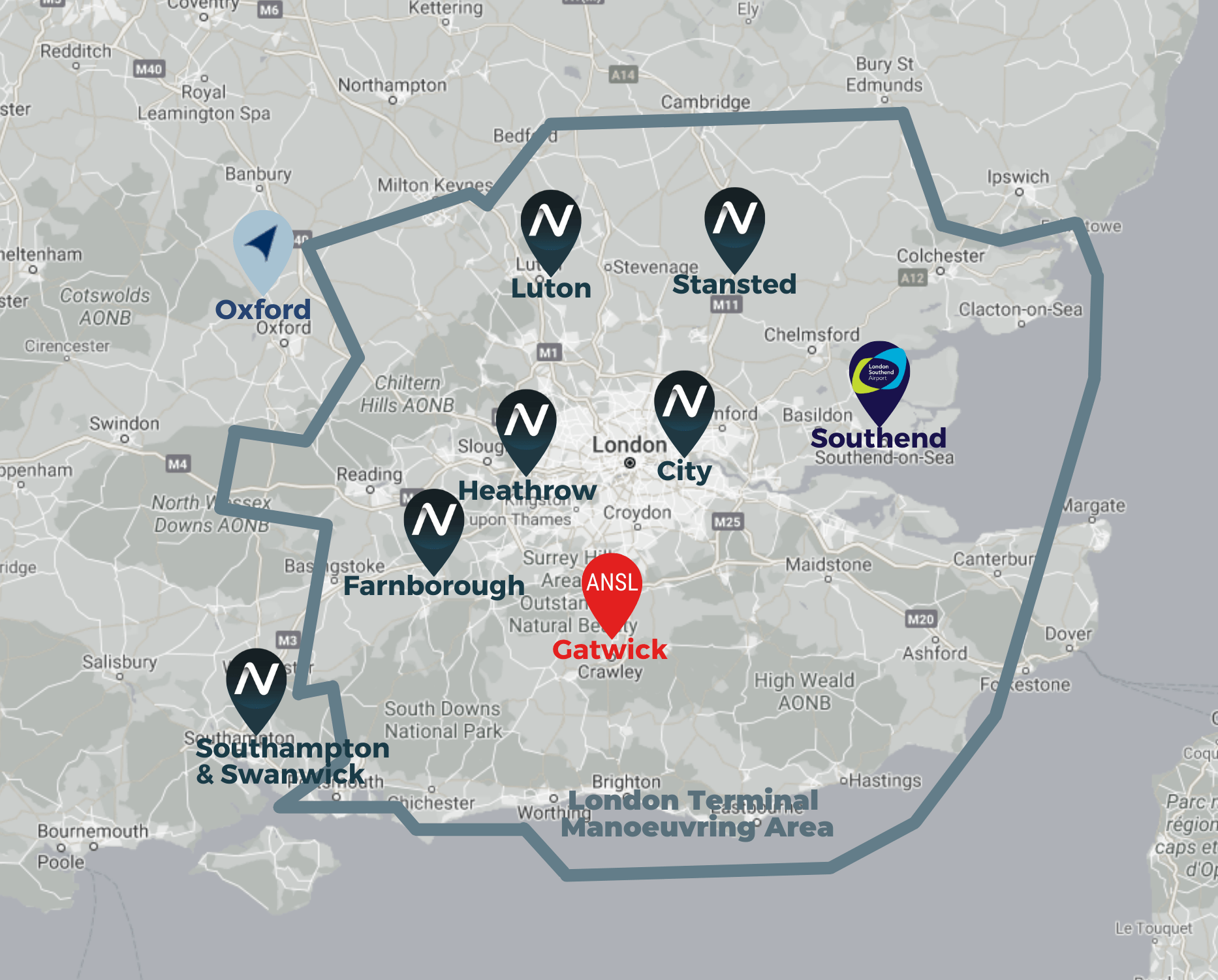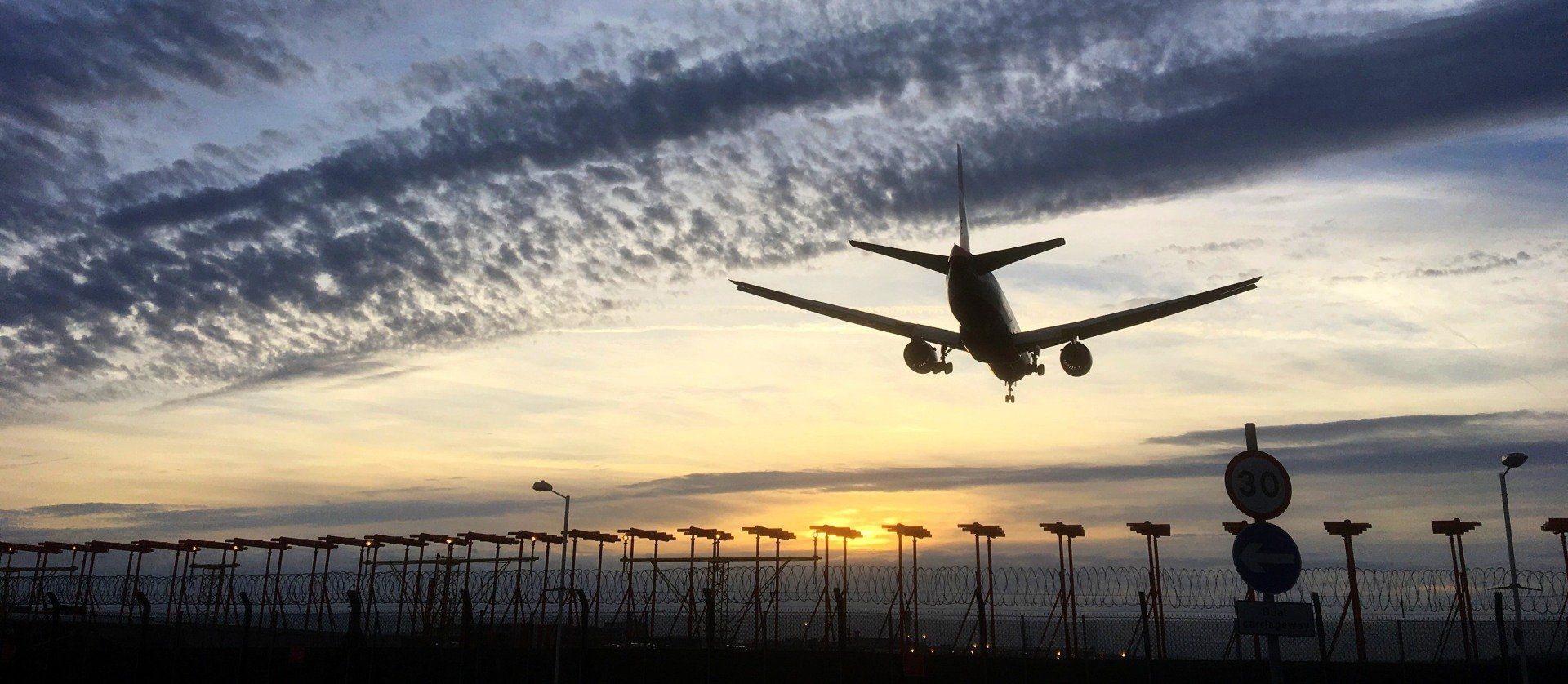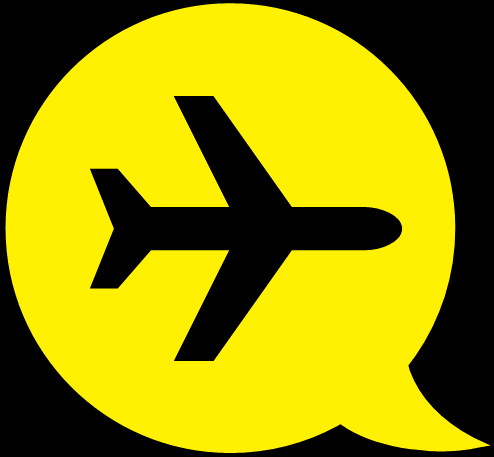Value-added
Value added and non-value added activities in aviation
This is an essay answer to one of the dozens of questions for the Business Improvement Techniques distance learning course I took.
Definitions
Value added activities are those that customers or clients are willing to pay for. Non-value added activities are the time spent fixing problems that should not have occurred in the process, unnecessary transport of materials, unnecessary paperwork or overproduction.
If activities are not properly classified between the two categories, essential but behind-the-scenes ingredients of a service that the customers cannot see (paperwork, obtaining licenses), may be mistaken for non-value added activities, or a burden. Only when the deficiency becomes obvious and creates a major disruption for the business, the business recognises that it was indeed a value added activity.
Case study 1: PIA crash
It is said in aviation, "If you think safety is expensive, try an accident." After the recent Pakistan International Airlines (PIA) crash in Karachi in May 2020, in which the pilots repeatedly ignored air traffic controller's instructions and internal aircraft warnings and crashed killing 97 people, the investigators discovered multiple fraudulent pilot licenses. The Aviation Minister Ghulam Sarwar Khan said that out of 860, '262 pilots in the country "did not take the exam themselves" and had paid someone else to sit it on their behalf.' which is about 1 in 3 pilots. Subsequently, the pilots were grounded, and the PIA airline has been 'blacklisted for a six-month period by European safety regulators, banning it from operating to European Union destinations' (including the UK) from 1 July 2020. EASA is concerned not only about pilot licensing but lack of evidence of a 'comprehensive safety-management system' at PIA and 'compliance with the applicable standards'.
Case study 2: PPR form
Filing a PPR form (Prior Permission Required) is obligatory at many UK airports for arriving pilots (all non-resident aircraft and visitors). Pilots can either fill the form via phone or online if the airport provides such an option. They can also call in the air if the aircraft is equipped with a aeronautical radio (not all are). The phone call is received by a receptionist, who at the Barton airport is located at the Tower base. Normally the pilot would call before departing from another airport, leaving plenty of time. A radio call would be made within 10 nautical miles from the airport, so only minutes before landing. It would be received by the FISOs (Flight Information Service Officers) at the top of the Tower.
The point of the PPR form is to get an idea how many aircraft are coming and whether the airport has enough fuel of a particular type to provide to the pilot so that they can subsequently depart at all. At Barton (EGCB) there were 3 kinds of fuel, with one occasionally missing; now just 2: Avgas 100LL and Jet A1 fuel. Occasionally there are events and a part of the airfield is not in use so parking space may be limited. Sometimes the airport is closed due to weather such as standing water after a heavy rain. Barton has grass runways. The airport will also have the pilot's contact details which may be needed in case of an incident, during landing or en route. The GAR form (General Aviation Report) is for international flights and "is used by Border Force and the Police to facilitate the smooth passage of legitimate persons and goods across the border and prevent crime and terrorism". It needs to be filed at least four hours before arrival.
Value added?
The whole process of filing PPR seems to be closer to a non-value-added activity. While it is required and cannot be removed, it is free and it is just an administrative procedure. There is no specific fee for it nor is it advertised as a benefit. Pilots may see it as unnecessary burden rather than as a helpful step in the process of flying into an airport (someone compared it to calling a supermarket every time they want to go shopping to make sure there is enough parking space). The landing fee is charged independently and depends on the weight of the aircraft.
Benefits for pilots
Solent Airport Daedalus see the PPR form also as a way "to ensure pilots and visiting aircraft are fully briefed on the ongoing airfield infrastructure development, airspace use by powered and non-powered, military and flight training operators using it." Before submitting the online form, pilots need to confirm that they have read all technical airport details on a dedicated page.
Benefits for the airport
However, the PPR form also helps the airport with planning and making sure there are sufficient provisions for the pilots. Although not technically a waste, the process can be partially automated to save costs and time.
Since the receptionist's time is used to answer the pilots' phone calls, Barton Aerodrome (EGCB) has developed an online form so that at least some pilots can fill the form online without having to call on the phone. On 15 August 2020, Coventry Airport (EGBE/CVT) estimated that introducing the online PPR form saved them 5.5h of phone calls a week since July (Coventry Airport, 2020). Pilots fill the form from home and it is distributed to the receptionist and to the Tower VCR (Visual Control Room - top of the tower) automatically.
Sources:
Coventry Airport Ltd. (15 August 2020) PPR your flight the easy way.
Kaminski-Morrow, D. (2020) PIA banned from European operations after mounting safety concerns. Flight Global.
Manchester Barton inbound online PPR form.
Safi, S. and Gan., N. (2020) Almost 1 in 3 pilots in Pakistan have fake licenses, aviation minister says.
Solent Airport Daedalus inbound online PPR form.


